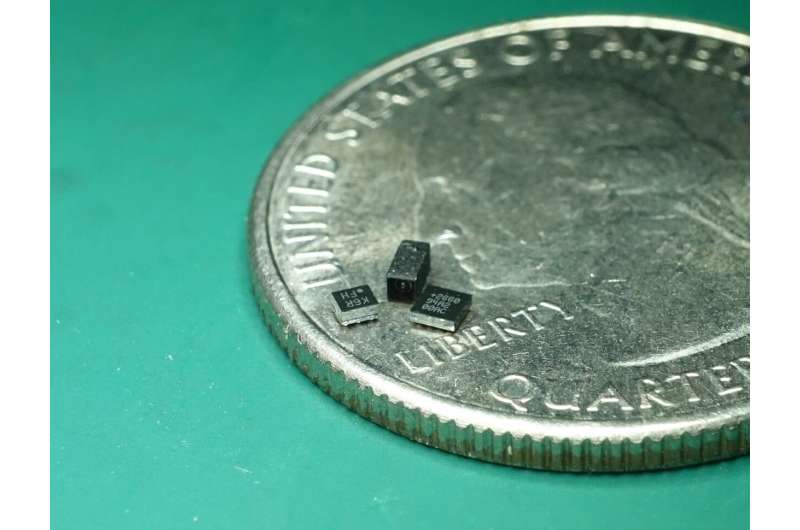The new finding comes from Northwestern University and Lund University. Finding new repellants is important given the problems mosquitoes have, especially if they are disease carriers. Diseases of concern include Malaria Lyme, Zika, West Nile, and Chikungunya diseases. It also identifies new types of diseases that mosquitoes can transmit. There is also an increase in mosquito activity due to climate change, causing more mosquito populations to move north.
A cat named Gizmo who shows all signs of socializing.
Catnip
Catnip (Nepeta cataria) is a plant of the mint family with downy leaves, purple-spotted white flowers, and a pungent odor that is attractive to cats. Catnip is added to some cat toys, as well as some pet foods, and sometimes causes euphoric and hallucinogenic effects on cats. The reason cats are attracted to catnip is because of an interaction between the active ingredients in catnip and a molecular component found in the cat’s brain’s reward system.
Catnip as a repellent
Catnip also has another property. This is a repellent against insects, and especially in relation to mosquitos. Another benefit is that the end product comes from natural sources. Given that catnip has been shown to be as effective as synthetic insect repellants, including DEET, there is considerable interest in a catnip-based product.
A mosquito control worker searches for larvae of the Zika-bearing Aedes aegypti mosquito in Miami, Florida
Rhona Wise, AFP / file
DEET – the synthetic alliterative
DEET (or diethyltoluamide) was developed in 1944 and is the most common ingredient in insect repellants. DEET is a yellow oil-like substance and is applied to surfaces or clothing to provide some protection against mosquitoes and other pestilent insects. DEET targets the smell and taste receptors of mosquitoes, which means that the flying insects cannot recognize humans and therefore DEET protected persons are not classified as potential prey to be bitten. In terms of safety, DEET is not considered to be a health concern provided DEET containing products are used as indicated on the label. This includes label recommendations for use of these products on the face (e.g., spray on hands and apply to hands to apply to face).

A mosquito biting someone
Flickr user dr_relling
Why does catnip work against insects?
What has challenged scientists is identifying the exact mechanism within the catnip that creates an aversion to an insect. Catnip is a member of the mint family, but it has something that other peppermints do not. The new research has identified an active ingredient called nepetalactone. The chemical activates the stimulus receptor TRPA1, an ancient pain receptor found in animals. In mosquitoes, catnip acts as a widespread stimulus receptor. However, people are indifferent to the effects of the chemical.
Possible solution
The new compound also offers something that is more environmentally friendly with herbal compounds. The cost should also be lower, which makes it easier to grow catnip.

The Aedes aegypti – or yellow fever – mosquito
Wikicommons
Another cost and production problem is that smaller quantities could be used. Most commercial insect repellants contain around 5 to 25 percent DEET. With the alternative product, much less catnip oil would be needed in a formulation to have the same level of rejection as a DEET-based repellant. The development product was tested through various experiments. For example, in part of the research, mosquitoes were offered a blood meal in a bowl covered with a nylon sock doused in catnip. In another study, volunteers agreed to put their hand in a cage with live mosquitos. In some cases, hands were protected with either a catnip oil or DEET; in other cases there was no protection. In its finished form, oil isolated from catnip by steam distillation can be converted into an insect repellent.
Next Steps
The next step is to develop a new form of sustainable insect repellent that uses the same logic from the experiments that target the mosquito irritant receptor.

CULPRIT: Close-up of a Culex mosquito believed to be responsible for spreading the West Nile virus.
Salvadorjo / Wikimedia Commons
The research was published in the journal Chem Catalysis in an article entitled “Chemo- and Stereoselective Intermolecular Material” [2 + 2] Photocycloaddition of conjugated dienes with colloidal nanocrystal photocatalysts. ”
Essential science
This article is part of Digital Journal’s long-running Essential Science series. Every week we take a more detailed look at an important and current scientific topic.

A robotic figure on display in the Barbican Center, London.
Last week the topic was soft robotics. Such innovations in materials science enable the advancement of soft robotics so that advances in soft materials that curl under pressure or expand when stretched are hypersensitive. The Digital Journal looked at three advances in this area. The week before, the topic was three current research papers that are exploring the secrets of the black holes. Of particular interest are the “supermassive” black holes. These contain between a million and a billion times more mass than a typical stellar black hole. The only mechanism that can generate such enormous amounts of energy is the conversion of gravitational energy into light through a massive black hole.









